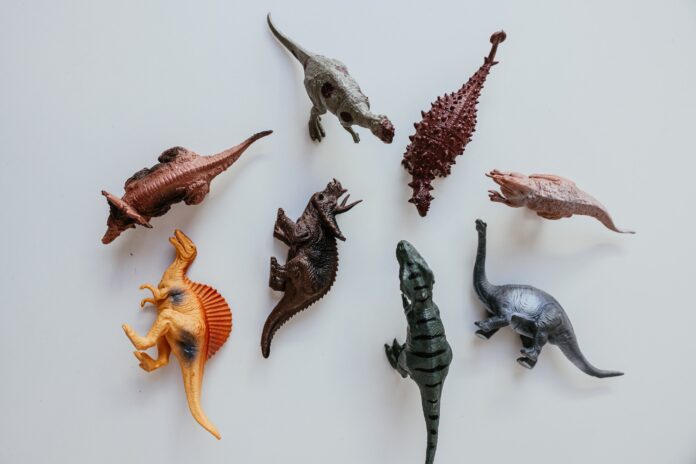Toxic chemicals are found in everything from children’s school uniforms to takeout food containers — and the vast majority of kids’ plastic toys, according to new research. The study, which analyzed 100 indoor consumer products regularly sold in Canada, found a prohibited class of toxic chemicals in over 87% of the products.
The research was led by Steven Kutarna, a recent PhD graduate from the University of Toronto‘s Department of Chemistry, and published in Environmental Science: Processes & Impacts.
Short-chain chlorinated paraffins, or SCCPs, are long-lasting toxic chemicals that are prohibited in Canada under the Canadian Environmental Protection Act. Used to soften plastics, SCCPs are known to cause health risks including liver, kidney, and thyroid damage.
Although the chemicals are banned in Canada, many products we use in our daily lives may have been imported from countries where SCCPs are still in use. To learn more about how prevalent these toxic chemicals are in our day-to-day lives, the team behind the study gathered and analyzed nearly a hundred common consumer products.
“We analyzed a wide array of household items — some newly purchased from Toronto retailers, others donated by lab volunteers — hoping to confirm that these chemicals were no longer present,” Kutarna said in a press release. These items included computer wires, electronics, kids’ toys, and clothing, and all had been purchased after SCCPs were banned in Canada.
The team then analyzed the levels of SCCPs present in each of the items, and unfortunately, the outcomes of their analysis was bleak. In all, 84 of the 96 products they tested — or more than 87% — contained high levels of SCCPs.
The highest concentrations of SCCPs were found in headphones — which most of us are regularly in direct contact with — as well as children’s plastic toys and toy packaging. These latter results are particularly worrisome given the high health risks associated with SCCPs.
“We’re particularly concerned about children’s products like teething toys,” said Hui Peng, co-author on the study and assistant professor in the Department of Chemistry, “because kids are putting these toys in their mouths — a direct route for exposure.”
Despite the fact that SCCPs are banned in Canada, these toxic chemicals are clearly prevalent in our lives. The researchers believe that this is because SCCPs are used manufacturing processes in other countries with less strict regulations. The resulting products are then imported into Canada, with many of us unaware of the SCCPs present.
While banning SCCPs is a first step in keeping Canadians healthy, we need stronger regulations if we want to keep these toxic chemicals out of our lives.
“There needs to be better transparency in the supply chain,” Peng added. “It should be required to report the presence of [SCCPs] across all stages of production, and retailers should take action to remove products containing these chemicals from their shelves.”


































